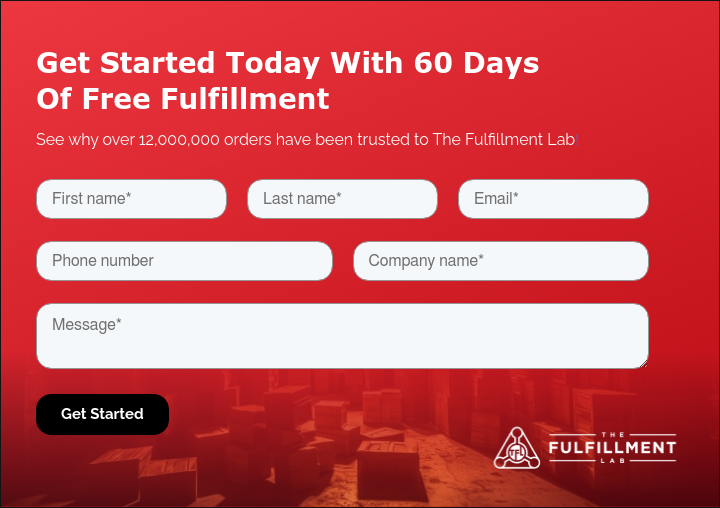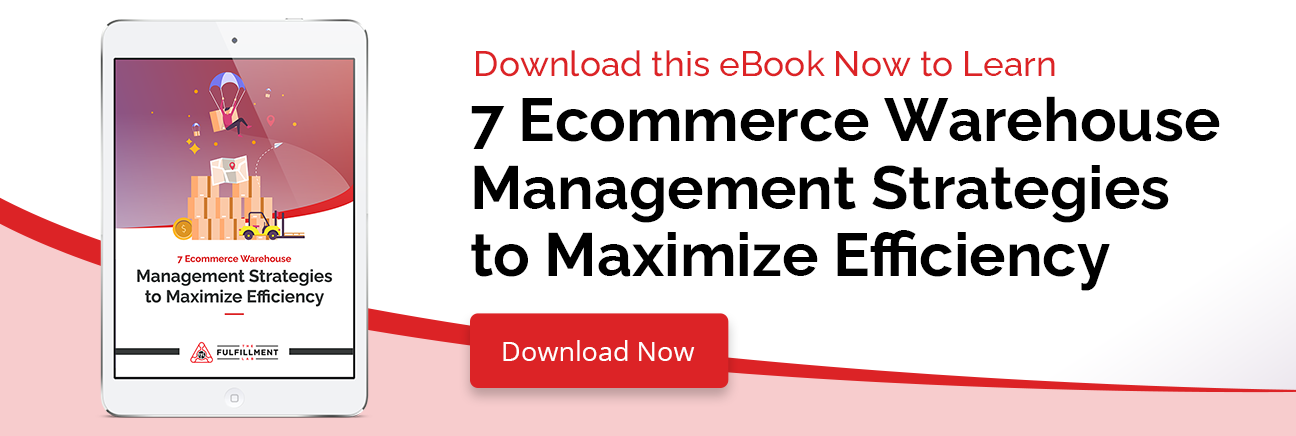What Is Agile Methodology? Benefits & How To Apply It
Scaling an eCommerce company can be hard work, but having an agile mindset can make it easier to grow the business. In fact, a recent global survey reveals that a majority of executives believe being agile plays a crucial role in delivering the right products and services, accelerating decision-making and speed to market, improving the customer experience, and staying ahead of the competition. So what is the agile methodology, and how can it be implemented in eCommerce?
What is the Agile Methodology?
The history of agile begins in the 1990s when software development teams – frustrated by the status quo – began to change their approach to planning and delivering new products. The concept really took off in 2000, when the “Agile Manifesto” was created, laying out four key values:
- Individuals and interactions over processes and tools
- Working software over comprehensive documentation
- Customer collaboration over contract negotiation
- Responding to change over following a plan
In eCommerce, the agile methodology involves uncovering challenges and developing solutions through collaborative, self-organized, and cross-functional teams. It is concerned with the flow and performance of the entire eCommerce system and also involves creating a feedback loop to increase product efficiency while encouraging continuous improvement through testing.
The agile methodology is different from the waterfall process, a more traditional, linear model where each stage of development is considered a separate process, independent of others, in which no phase begins until another one ends. While this approach may work for some companies, when it comes to eCommerce, the waterfall vs agile methodology is really no contest as you’ll see in the next section.
6 Benefits of Being Agile in Ecommerce
While not all companies have adopted the agile methodology, studies show that 98% of companies that began using agile benefited from it. In addition, research from the Project Management Institute found that Agile organizations are more likely to finish projects on time (65% vs. 40%) and hit all their goals (75% vs. 56%) when compared to non-agile teams. Agile companies even grew their revenue 37% faster! Here are the top seven advantages of agile methodology for eCommerce businesses.
1. Improving Speed and Flexibility
In today’s competitive marketplace, eCommerce companies need to battle everyone from disruptive startups to Amazonian giants. This makes the prospect of a fast-moving, adaptive organization is highly appealing. Agile methodologies streamline production from the initial conception of an idea to the final deployment stages, keeping eCommerce companies highly flexible and adaptive. It also helps them meet the ever-changing needs of modern consumers by allowing for quick product changes based upon user feedback.
2. Meeting and Gauging Market Needs
What do consumers want? And what might they want that they don’t yet even know they need? Many eCommerce companies need to introduce new products and features consistently to generate interest and revenue. By meeting consumer needs, and introducing new products or features proactively to determine whether there’s any interest, companies can stay on the cutting edge and serve customers in the best possible way.
3. Creating Higher Quality Products
With the agile methodology, everything goes through regular and rigorous QA checks to ensure customers receive the highest quality products. Of course, it doesn’t stop there; QA is continuous, and ways to improve deliverables are always in development (whether it’s a new or complementary product or simply adding on a new feature).
4. Taking Fewer Risks Through Transparency
When departments work in a silo, one hand may not know what the other is doing, often resulting in eCommerce failures. The agile methodology provides transparency or visibility into all aspects of the business to all departments, from marketing to design to logistics. When all the players are on the same page, working together to achieve the same goal, the risks of failure are reduced considerably.
5. Conducting Continuous Testing
Quality assurance checks are critical for product launches and for maintaining consistency over time. Following the agile methodology, products are tested in a variety of ways as soon as they are developed, and any defect can be identified and ironed out. During testing, opportunities may also be discovered that can be implemented to improve the final product.
6. Improving Customer Experiences
By following an agile methodology, eCommerce companies can develop a higher-quality product, quickly make improvements and add new features, and meet and exceed customer expectations. The result? Happier customers who will make more purchases and act as brand advocates, telling others about their positive experiences. Read more about developing a customer experience strategy.

How to Cultivate an Agile Company
Cultivating an agile company doesn’t happen overnight. There are some critical things company leaders need to do in order to bring the agile methodology to life.
Keep Communication Open
Many eCommerce startups begin at home, with one or two people doing all the work and being hyper-aware of all aspects of the business. As the business grows, however, more employees need to be hired and other companies, such as an IT and third-party logistics (3PL) company, may need to be brought into the mix. When this happens, communication is key. By keeping the lines of communication open, internal team members across all departments and external vendors will understand company goals and objectives and be able to work to achieve them. Good communication also fosters trust and makes everyone feel valued.
Encourage Collaboration
An agile team is a collaborative one. Team members need to be trusted to work together on important initiatives without micromanagement. By building relationships between team members through team projects, brainstorming sessions, and more, eCommerce companies can cultivate a culture that not only accepts collaboration but actively encourages it. In a collaborative culture, team members will be more apt to enjoy working together to create solutions that may not have been accomplished on an individual level.
Embrace Technology
Some businesses shy away from new technologies, becoming late adopters. This is not an ideal strategy for eCommerce businesses, which need to stay on top of the latest trends in order to compete. Of course, it’s important not to become overly reliant on technology; the implementation of too many tools or systems can become overwhelming to people and actually slow down productivity. However, with proper training, the thoughtful use of technology can greatly benefit an agile team.
For more on adopting an agile methodology, agile methodology steps, and agile methodology examples, the Harvard Business Review has a very in-depth report that you may want to check out here.
Becoming an Agile Ecommerce Company – and Staying Agile
As your eCommerce company evolves and grows, following an agile methodology process can help you improve your products, increase your revenue, and build your customer base. To do this, however, it’s important to keep the lines of communication open, cultivate a collaborative work environment, and embrace the right technologies.
With The Fulfillment Lab as your 3PL partner, you can also scale to your full potential and improve the customer experience by using our fulfillment marketing services and proprietary fulfillment software. It’s simple, fast, and intuitive to use. In fact, you can get set up with our fulfillment services and start shipping all on your own in just a few clicks. Now that’s agile! Contact us to learn more.


